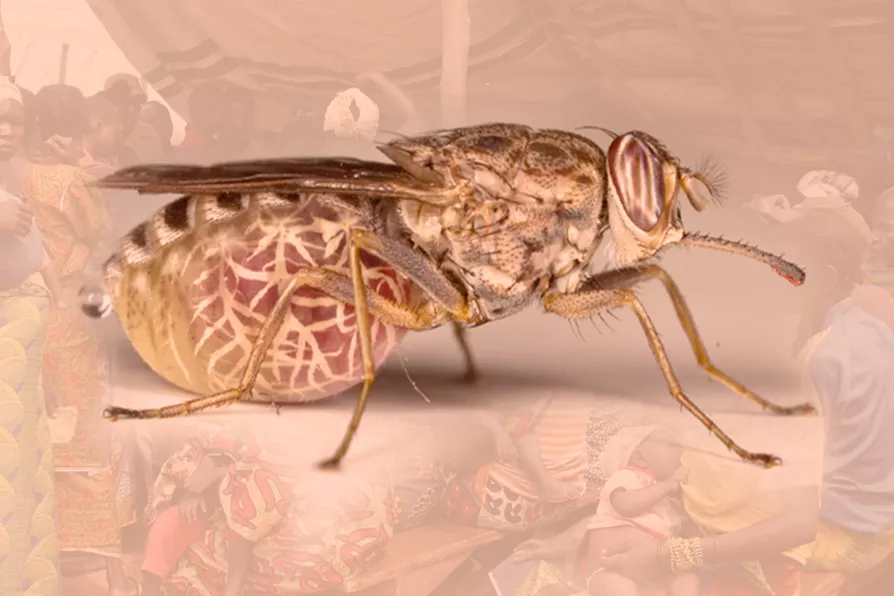Labour’s persistent failure to address its electorate’s salient concerns is behind the protest vote, asserts DIANE ABBOTT

 Found in tropical Africa, when a tsetse fly carrying parasites bites a person, the parasitic cells enter the person’s blood. When the parasites progress to the brain they cause muscle weakness, tremors, and reversed or disturbed sleep patterns.
Found in tropical Africa, when a tsetse fly carrying parasites bites a person, the parasitic cells enter the person’s blood. When the parasites progress to the brain they cause muscle weakness, tremors, and reversed or disturbed sleep patterns.
HUMAN African trypanosomiasis, abbreviated as HAT, is a potentially fatal disease caused by infection with a parasite, Trypanosoma brucei. The parasite is transmitted between humans via the bite of the tsetse fly. When a tsetse fly carrying parasites bites a person, the parasitic cells enter the person’s blood. There, the parasite’s cells start to divide into two and multiply.
This initial “blood stage” infection can cause non-specific symptoms such as fever, headaches, and joint pains. These general symptoms are difficult to diagnose as trypanosomiasis. Proper diagnosis requires looking at blood that has been treated with a special staining chemical under a microscope so that the parasite cells stand out.
This lack of easily noticeable symptoms has meant that many HAT cases go undetected. This is particularly concerning because, left untreated, chronic blood-stage infections will progress to the “neurological stage.” This is when the parasites cross the blood-brain barrier and infect the brain and spinal fluid.
When the parasites progress to the brain they cause much more severe symptoms such as muscle weakness, tremors, and confusion. Infected individuals also experience very disturbed sleeping patterns, leading to the common nickname of “sleeping sickness” for HAT cases. People’s experiences include insomnia, bouts of sudden sleepiness during the day, or a totally reversed sleeping pattern, where they are awake all night and feel sleepy all day.
The neurological stage also produces psychological changes in the host, producing emotional instability and psychosis. Left untreated, it will eventually lead to death. Unfortunately, once the parasites have crossed the blood-brain barrier, treatment is more difficult.
Treatment of late-stage HAT involves drug delivery over the course of 10 days in hospital, which is often not possible for people in rural locations where the disease is most likely to have gone untreated. The drugs for the neurological stage are also more toxic with greater side effects.
Though diseases like HAT and malaria had existed in tropical regions for a long time, colonialism worsened them by increasing the movement of workers between tropical regions and port cities, cramming people together. One epidemic in Uganda beginning in 1901 raged for 20 years, killing an estimated 200,000 people.

A maverick’s self-inflicted snake bites could unlock breakthrough treatments – but they also reveal deeper tensions between noble scientific curiosity and cold corporate callousness, write ROX MIDDLETON, LIAM SHAW and MIRIAM GAUNTLETT













